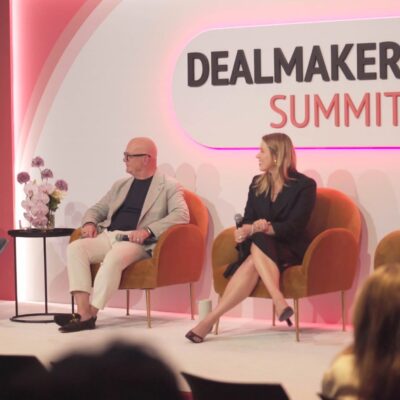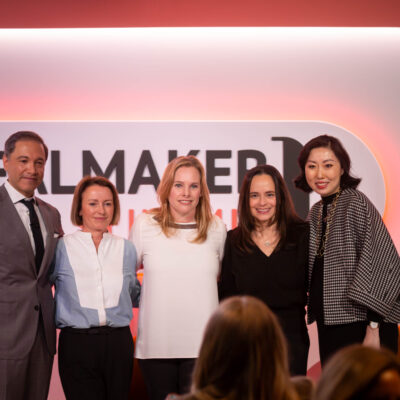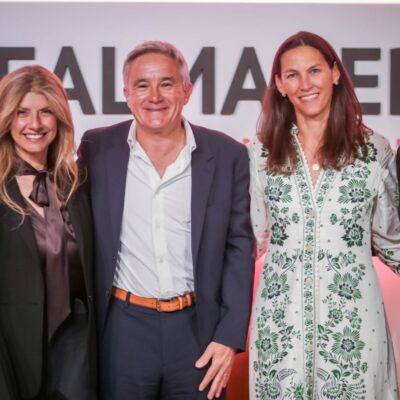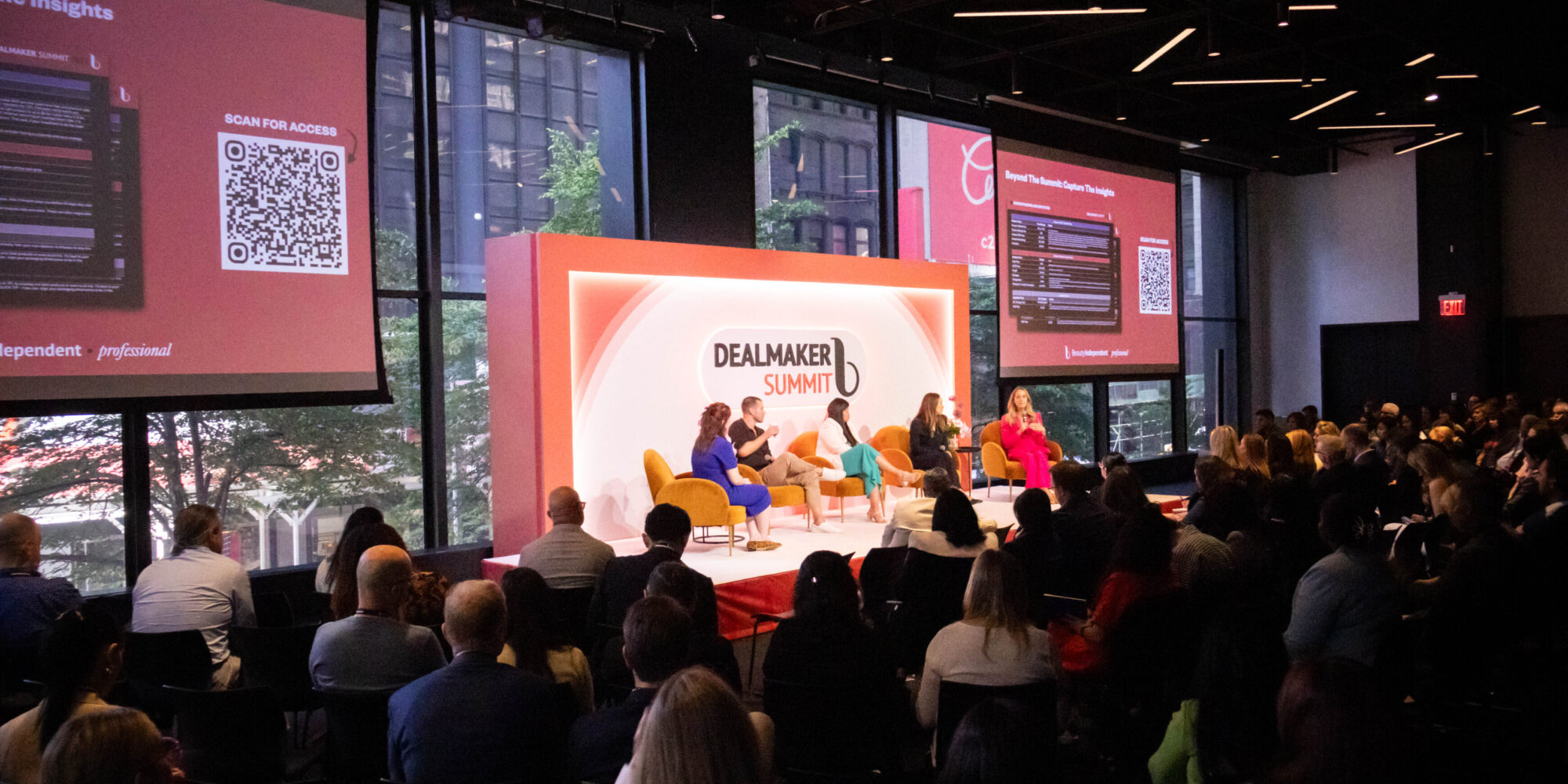
Beauty Brands Now Treat Amazon As A “Flagship, Not As An Outlet”
With previous beauty holdouts jumping on Amazon, succeeding on the giant e-tailer is taking much more precision than just creating a product detail page and waiting for sales.
“Brands should think of it as a flagship, not as an outlet,” said Julianne Kur, principal at early-stage consumer investment firm Alliance Consumer Growth, during a panel discussion on Amazon last week at Beauty Independent’s Dealmaker Summit conference in New York. “Yes, it can be a replenishment channel, but you should also think of it as a brand building tool. It can give you a great competitive moat and be really brand accretive.”
Like many investment firms, Alliance Consumer Growth’s perception of Amazon has changed dramatically over the past several years as the e-commerce destination has made strides in prestige beauty. When assessing brands for possible investment, it doesn’t look for a specific percentage of Amazon sales. However, brands must be able to show profitability on the channel and how Amazon fits into broader retail strategies.
“No longer is it a channel that we suggest avoiding as a prestige or an independent brand,” said Kur. “It isn’t for just mass brands or for commodities. It’s really for brands where there’s consumer demand and where she is on Amazon.”
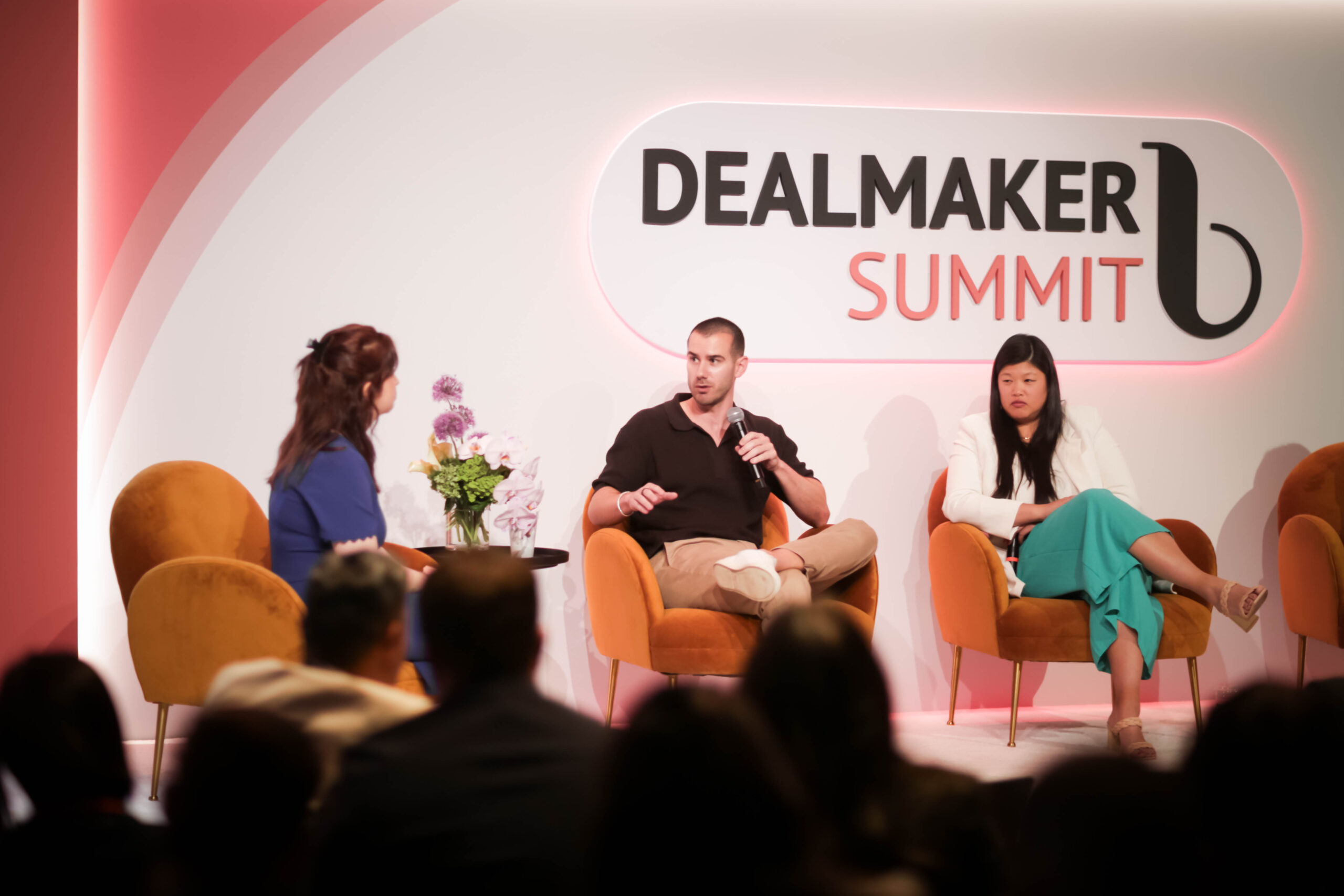
Alliance Consumer Growth’s portfolio includes InnBeauty Project, Harry’s, Nudestix and Half Magic, and its previous beauty investments include Tata Harper, Ouai, Pacifica and Milk Makeup. It typically writes checks in the $20 million range, but will invest lower amounts in brands gaining traction in a distribution channel like specialty retail through Sephora or Ulta Beauty.
For the panel discussion, Kur was joined by Laura Meyer, founder and CEO of Amazon growth agency Envision Horizons, Jen Kim, VP of Amazon and e-tail at L’Occitane Group-owned skincare brand Elemis, and Kevin Gould, co-founder of press-on nail and magnetic lash brand Glamnetic. With L’Oréal and Estée Lauder brands pushing their weight on Amazon, Meyer noted the platform has become more pay-to-play than ever, resulting in greater challenges for emerging brands trying to cut through the noise.
An Envision Horizons report in April showed that cost-per-click rates on Amazon for beauty brands soared 248% from 84 cents to $2.91. This surge coincided with Estée Lauder pushing multiple brands onto the platform, including its namesake brand as well as Clinique, Too Faced, Lab Series, Smashbox, Dr.Jart+, Bumble and bumble and The Ordinary. The report highlighted that non-branded search term rates on Amazon rose about 186% from approximately $1.36 to $3.90 per click over the past year.
To hedge risks, Meyer advises beauty brands track demand volume on Amazon to ascertain the optimal time to jump on the platform. She recommends they wait until they’ve hit at least 2,000 branded searches. “No matter what, you need to view an Amazon launch just like you would any other retail launch,” she said. “That is with the right team in place, inventory and media budget to support it, and having a plan to penetrate the market for the first six to 12 months.”
Meyer pointed to Wonderskin as a brand that’s been successful on Amazon by driving off-platform demand onto it. Known for its TikTok-viral peel-off Wonder Blading Lip Stain Masque, which has sold 4 million units, Wonderskin was in Amazon’s top three for lip products, top five for makeup products and top 20 for beauty overall when it closed a $50 million series A funding round last month.
“Brands that are doing really good product launches are winning,” said Meyer. “Brands that aren’t afraid to spend money in those initial months or launch periods are winning, but also it’s the brands that are viewing Amazon not as this siloed channel, but recognizing that if you’re having success off Amazon, it will drive success on Amazon.”
Glamnetic has been doubling down on off-platform demand generation to drive its Amazon business. Launched on Amazon in 2020, it’s decreased its advertising spend on the platform to between 20% and 22% of its total Amazon sales as investments in growth marketing campaigns for direct-to-consumer and TikTok have increased. Previously, Glamnetic dedicated about 50% of Amazon sales to marketing and advertising on the platform.
Gould suggested that brands experiencing momentum on TikTok Shop should be on Amazon to capture demand. “Not everyone’s going to buy on TikTok Shop,” he said. “So, I think you have to be on Amazon to pick up that demand.”
Distributed across roughly 2,000 doors between Sephora and Ulta and another 2,000 across smaller retailers, Glamnetic’s sales are evenly divided between DTC, retail and Amazon. It’s sold over 10 million units across its entire distribution network. “At the end of this year we’ll probably have spent $100 million on marketing the brand in the last five or six years,” said Gould. “It’s a lot of top of funnel awareness and then that drops into Amazon.”
“It can be a replenishment channel, but you should also think of it as a brand building tool.”
Glamnetic isn’t on Amazon via Amazon Premium Beauty, a gated section of Amazon where the e-tailer collects 15% of brands’ top-line sales in exchange for blocking third-party sellers. Instead, Glamnetic operates on a 3P model where it controls its prices, but taps Amazon to fulfill its orders. Elemis operates on Amazon via 3P, too, although it initially arrived on Amazon in 2015 through Amazon Premium Beauty, which it found to be beneficial to protect its brand equity on the platform. In the United States, Elemis is in 90 Sephora stores, 900 Ulta stores and 94 spas. Amazon and DTC are its largest sales volume channels.
Meyer underscored that, for smaller brands on Amazon, the fee associated with Amazon Premium Beauty can be particularly damaging to margins, but for prestige beauty brands with wide distribution like Elemis, she said investing into Premium Beauty is often a must. She explained, “It’s very difficult to stop independent retailers from listing their products on Amazon.”
Kim listed top-line retail sales, net sales, net-new customer and retention rates, and total advertising cost of sales (TACoS), a measure of advertising efficiency in relation to sales and profitability, as important Amazon metrics to track. She cautioned that Amazon metrics shouldn’t be viewed in isolation of broader category performance both on and off the platform.
“What is also happening within the industry and what is happening within your category?” she said. “What are your direct competitors doing, especially related to your branded and non-branded search volume.”
Meyer emphasized that brands can achieve profitability on Amazon if they maximize customer acquisition, assortment strategies and retention rates through programs like Subscribe and Save. “You have to understand that full customer journey,” she said. “And from there you really can optimize and build a profitable business, especially if you can hold your distribution to a tight line and not have to be a part of Premium Beauty.”


